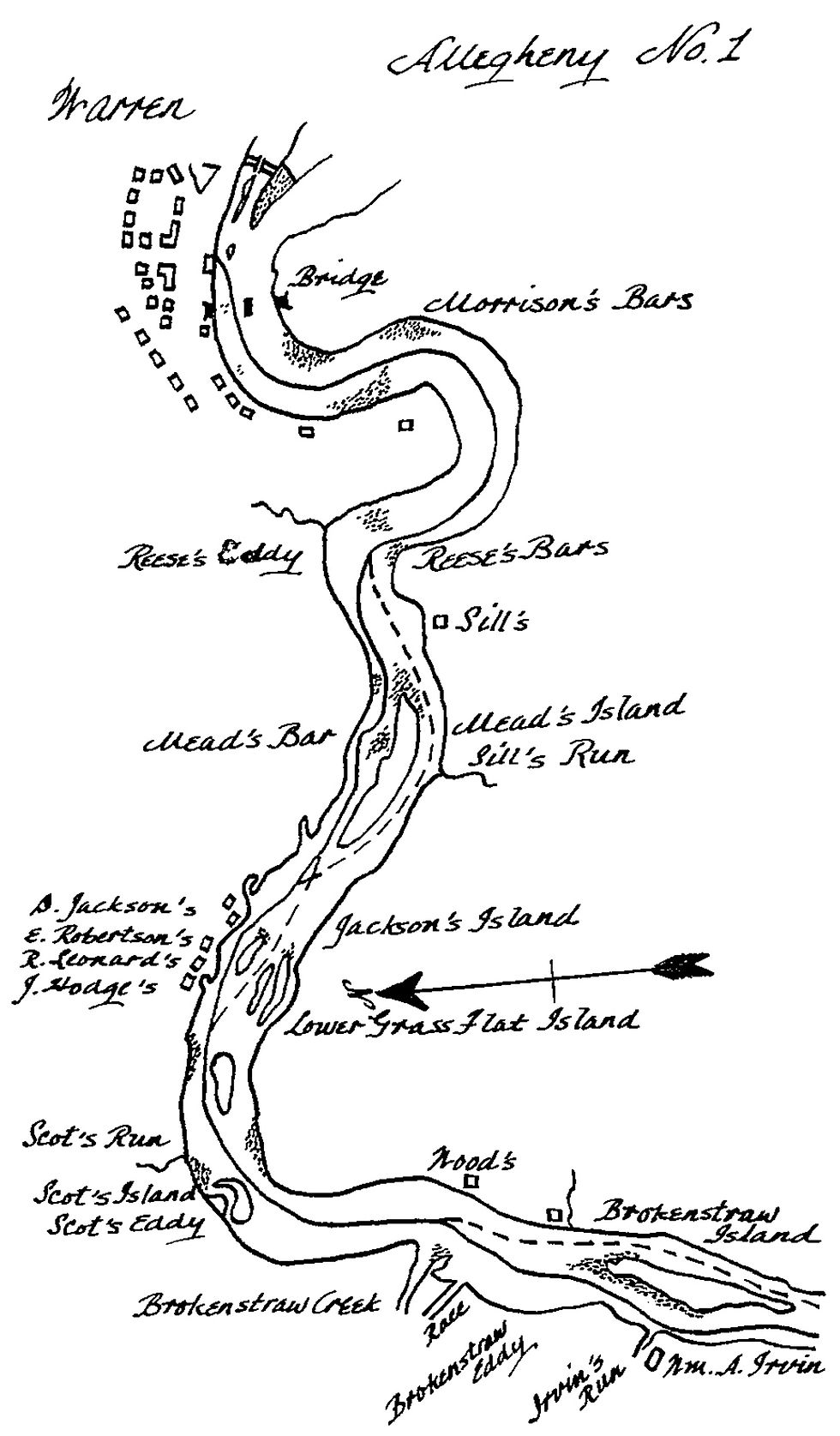Allegheny River is a National Wild and Scenic River
- Editor

- Feb 27, 2020
- 2 min read

Allegheny River is a National Wild and Scenic River
National Wild and Scenic River is a designation for certain protected areas in the United States. In 1992, 86.6 miles (139.4 km) of the Allegheny was designated Wild and Scenic. This designation comprises three segments of the river located in Warren, Forest and Venango Counties.According to the National Wild and Scenic Rivers Act, a river or river section may be designated by the U.S. Congress or the Secretary of the Interior on the belief that development of that river would substantially and adversely affect its wild or scenic nature. Rivers selected for preservation under this status are deemed to be of remarkable scenic, recreational, geologic, fish and wildlife, historic, cultural, or other similar values. These rivers are preserved in their free-flowing condition and are not dammed or otherwise impeded. Designation as a wild and scenic river is not the same as designation as a national park, and does not generally does not confer the same level of protection as a Wilderness Area designation. Instead of enacting mandatory conservation measures, the goal is generally to preserve the character of the river.Outstanding values along the Allegheny include three basic features:• Scenic Values—narrow, sharply winding valley with 17 district focal landscapes and strong spatial enclosure in the lower reaches.• River Islands—over 100 islands between Kinzua Dam and Oil City with significant ecological, scenic and recreational features. Seven of these islands, totaling 368 acres, comprise the Allegheny Islands Wilderness, the smallest federally-designated Wilderness in the United States.• Cultural Values—approximately 135 potentially significant historic and prehistoric sites, in addition to four sites already on the National Register.The Allegheny River is located in the Northeastern United States and is a principal tributary of the Ohio River. The river rises in Pennsylvania and flows north into New York, and south into Pennsylvania again joining with the Monongahela River in the middle of Pittsburgh. Pittsburgh developed at this confluence. The Allegheny and the Monongahela confluence is the beginning of the Ohio River. The Allegheny’s largest tributaries are the Kiskiminetas, Clarion, and Conemaugh rivers and the Red Bank, Oil, and French creeks. Its tributaries reach to within 8 miles (13 km) of Lake Erie in southwestern New York.The river is approximately 321 miles (517 km) long, and drains a rural dissected plateau of 11,580 square miles (30,000 km²) in the northern Allegheny Plateau, providing the farthest northeastern drainage in the watershed of the Mississippi River. The valley of the Allegheny River is one of the most productive areas of energy extraction in U.S. history, with extensive deposits of coal, petroleum, and natural gas.
